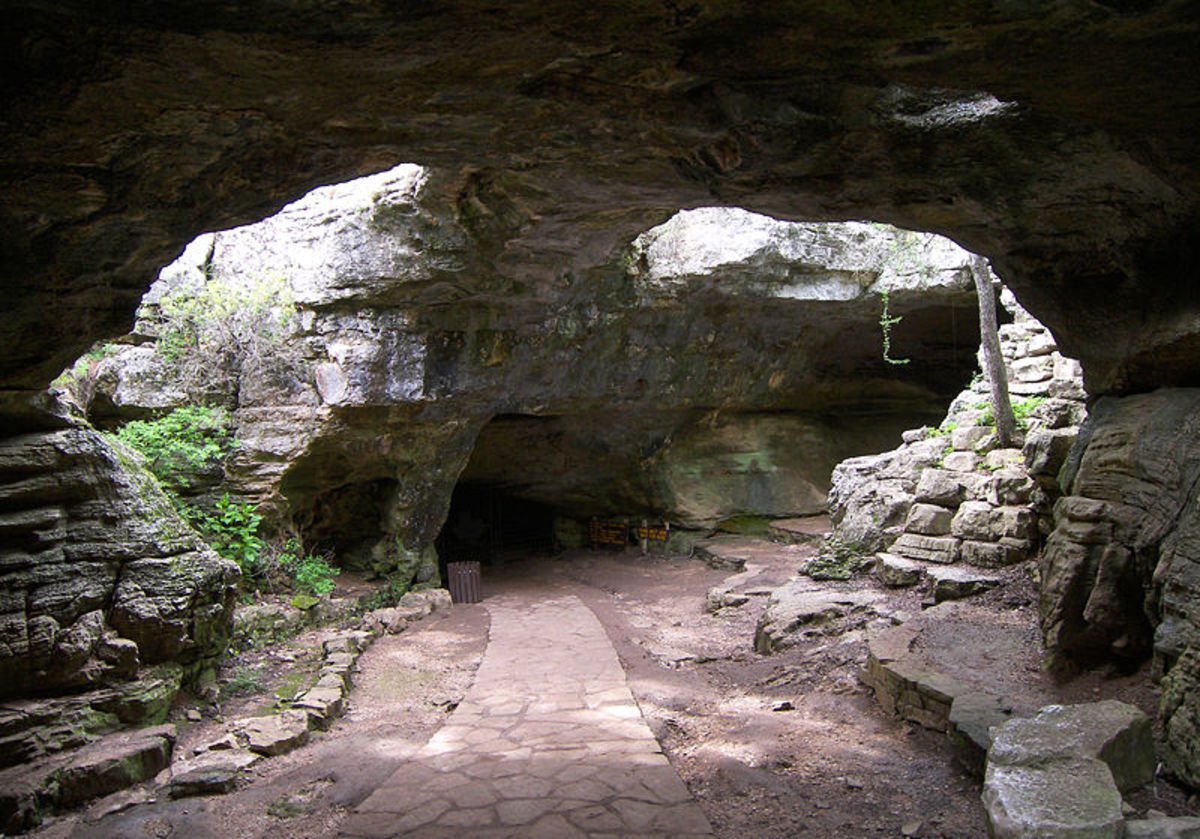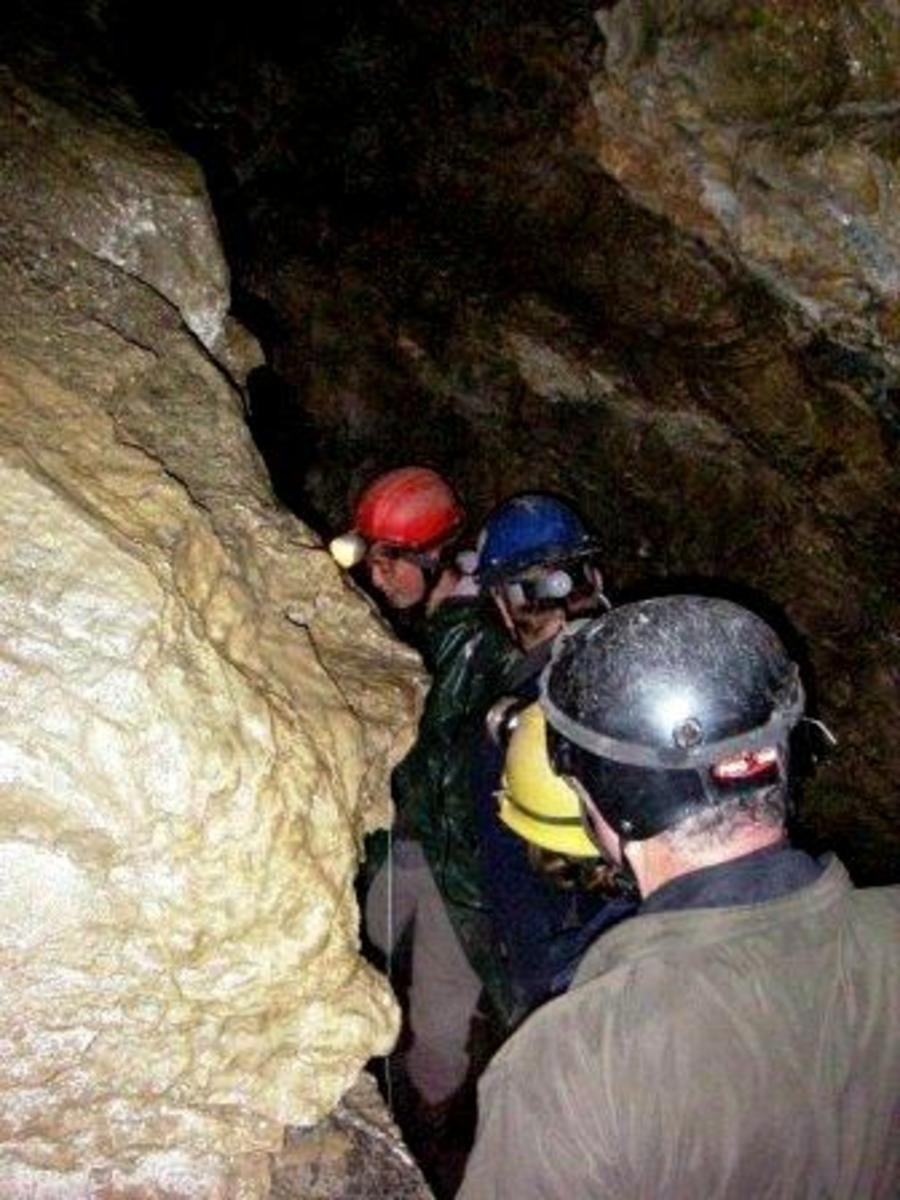Mojave Desert Caving
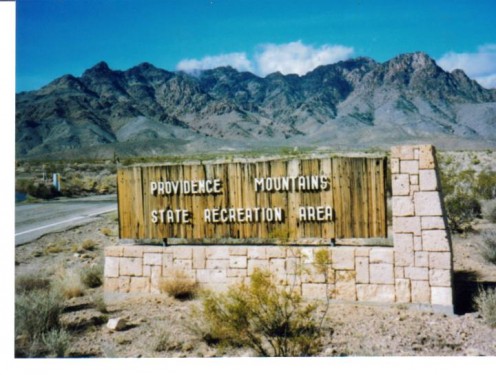
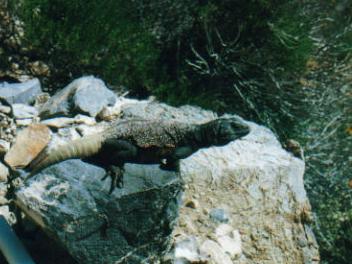
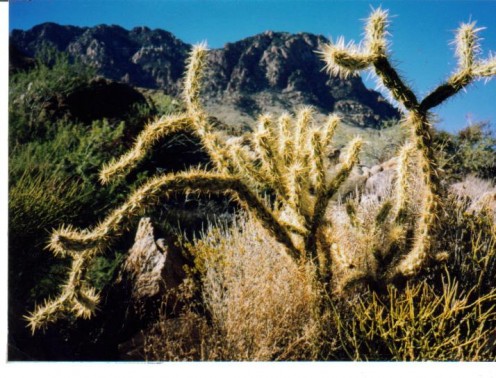
When Jack Mitchell, developer of Mitchell Caverns in Southeastern California, explored Cave of the Winding Stair in 1931, he would not only survive an ill-fated adventure, he would live to tell an incredible story.
Having secured the future of Mitchell Caverns as a tourist attraction, Jack began combing the limestone slopes of the Providence Mountains in search of more caves he could open to the public. He wandered into the mouth of Gilroy Canyon and from there would stumble across a small opening high on a ridge. Excited yet alone, Jack returned to his mystery cave with 1,000' of manila rope, a block and tackle with a bosun's chair, some wood beams, and four assistants. The men wedged the wood beams used for a platform into a crack that seemed to fall for miles. Jack tied himself into the bosun's chair and three men lowered Jack into the pit. As Jack descended, he absorbed all of the beauty this cave had to offer. He knew he had found a treasure. His exploration complete, Jack returned to the chair and jerked on the rope to signal the men to pull him up. The rope began to spin quickly as Jack was hauled toward the surface. It spun so violently that Jack passed out just before he tied himself to the chair. Three hours later, Jack awoke to the sound of his friend's voice. His friend climbed down as far as he could when the rope stopped sliding and the men realized something was wrong. The rope spun so tightly that it wouldn't pass through the pulley. Jack was able to unwind the rope as it sent him plunging toward the cave's floor. Once at the bottom, Jack decided to try to climb the crevices along the cave's walls in an effort to escape. He even carved toeholds in the rock walls. Jack reached the level of his friend who climbed down to save him. He then climbed into the unwound chair and was hauled the rest of the way out of the cave. This story was dramatized in Death Valley Days some time later.
Seventy years after Jack's ordeal, I joined my caving partners for what turned out to be an adventurous trip to Cave of the Winding Stair. In fact, the trip was almost more ill-fated than Jack Mitchell’s. After securing the required permit to enter the cave from the Providence Mountains State Recreation Area, we entered the cave and rigged a hand line for skirting the edges of a deep fissure that extended further into the mountain. We had two 200-foot ropes we expected to use to rig the four vertical drops. The first caver in was carrying one of the ropes over his shoulder and under his arm as he inched toward the tie off for the first rappel. It's a tricky place to rig a rope with most of the rigging secured only to a small limestone protrusion. He realized he needed to rappel a few feet through a narrow crack to reach Jack's beam platform. As he lowered himself through the crack, the coiled rope around him and his backpack wedged tightly between the walls of the fissure. He was stuck and what was worse was that the rope shifted and wrapped around his neck. The more he slipped, the tighter the rope cinched, and he was beginning to choke. He screamed for help and I several feet away scrambled along the edge of the crack to reach him before he strangled himself and died. When I reached him, I immediately began to loosen the rope's grip. As the rope finally moved, he slipped through the crack his feet landing solidly on the platform. Just as suddenly as he was snared, he was freed. It took only seconds for him to recover and before long we were joking about his near hanging. Needless to say, a lesson was learned.
After that adrenaline-pumping episode, the rest of the trip was uneventful. The first rappel through the tight fissure opened to a huge passageway and ended 65' down at a pile of jumbled boulders called the Broken Rock Room. From there, a short 25-foot rappel led to the sloping corridor where Jack ended his descent. Here, a signature clinging to a stalactite reads, "J.E. Mitchell July 3I." A crawl through the Gopher Hole that cavers dug open years after Jack was there popped us into an incredibly flat walking passage lined with aragonite and popcorn called the Coral Corridor. The Chicken formation signaled the next drop of 50' into a corridor with a floor of Swiss cheese. It's easy to drop through the wrong hole. We fed the rest of our rope through a tiny opening and one by one squeezed through for a free rappel of 130'. This was the eeriest of all of the drops. As you penetrate, the cave sinks deeper below the surface and all you think about is the arduous climb out. Once at the "bottom," a place Jack never knew existed, a short crawl led to a room with an obvious manhole in the thick crust of the floor. Through the manhole is the Register Room and finally cavers, much like Jack, can leave their names on paper in the cave to declare Cave of the Winding Stair conquered. We too conquered Cave of the Winding Stair but not without a near mishap. Moral of the story? Cave safely and never put a rope around your neck.
Native American life in the East Mojave Desert of Southern California displays itself proudly in the many walls of rock art etched in the varnished boulders scattered about the land. But, something of more interest is found when this rock art is placed inside a cave. In these places, a caver can stand in a chamber of blackened ceilings and carefully drawn figures to bask in a time when life was more primitive, simple, and carefree. The Providence Mountains is not without such an enchanting cave. Petroglyph Cave, only a stone's throw from Cave of the Winding Stair, beckons to weary cavers fresh from the clutches of Cave of the Winding Stair to explore its secrets and find its treasures. Merely a corridor of 30', a few faint petroglyphs cling to the east wall of the cave's entrance and a sooty ceiling hovers overhead. Too hard to decipher now, these petroglyphs must have been impressive in their day when a Mojave or Chemehuevi Indian sat in the mouth of the yawning chasm and watched for bighorn sheep and chuckwallas. Far from our life of today, these caves remind us that life was not always about money and possessions. I felt the power of the cave's lore and listened to its amazing story as I sat at the entrance watching for bighorn sheep and chuckwallas. A cave of such small proportions, Petroglyph Cave is a cave for huge imaginations.
There are only a few known caves in the Providence Mountains State Recreation Area. Other than the famed Mitchell Caverns, Cave of the Winding Stair attracts attention from the more adventurous park visitors, those who can rappel and climb ropes that is. But a little known, little visited cave called Medicine Cave is a jewel the park unfortunately restricts access. In fact, Medicine Cave is legally only visited by park staff for purposes of monitoring usage or documenting archeological interests. Being park staff at the time, I received the opportunity to visit this backcountry cave for purposes of taking photos for the park's photo archives.
The hike to the cave is short but on a day when outside temperatures are in the 90's it seems much longer. I had been to the entrances before this day so finding the cave was not difficult. The cave seemingly follows a fissure in the limestone. A cave with two openings, I entered through its north entrance. Rattlesnakes frequent both of the cave's man-sized entrances so I squeezed through with extreme caution. In fact, I brought along a snake stick to battle any inhospitable inhabitants. Once inside the first small room, I crawled through a tiny passage that opened into another small room. Crawling again, I found yet another small room. (Are you getting the picture?) However, this room named the Nervous Breakdown Room contained many soda straws and box work, and was highlighted by a 6' long stalactite dangling in the room's center a mere foot from creating a column. A short climb over a false floor and I found myself in the Oval Office. I signed the register and returned to the first small room. From the first small room, I slithered through the other passage that leads to the cave's south entrance but not before taking you passed an array of soda straws, stalactites, stalagmites, shields, columns, and a 15" X 15" squeeze. A mouse braved the squeeze with me and a bat awaited me in the cave's largest room ironically called the Big Room. It's a room of mostly breakdown with one 20' pit and the Crystal Chamber. Climbing down through a vertical crack in the floor leads to the main corridor of the south entrance. Not a particularly long cave at 374', Medicine Cave has a lot to offer. At an elevation of 4,280', the view of the Mojave Desert from the entrances is spectacular.
Outside of the Providence Mountains State Recreation Area within the Mojave National Preserve, I visited three caves buried beneath the shroud of the East Mojave Desert. The very idea of caving in a desert is somewhat over run by the idea of caving amid sand dunes and sidewinders but on the contrary. The Mojave Desert can almost be a sister to the Chihuahuan (I'm not talking about the Taco Bell dog either).
The Chihuahuan Desert of New Mexico where the majestic Guadalupe Mountains cradle some of the most beautiful caves in the world mirrors the Mojave in environment, plants, animals, and rocks. However, the beautiful caves are lacking. Don't get me wrong, the Mojave has caves but they're no where near the caliber of the Chihuahuan. After caving in the Chihuahuan, caving in the Mojave is a nostalgic experience. It takes me back to caving in the small caves of Texas. You know, those caves you can hardly squeeze your body into but you'll do anything for the opportunity.
Egg Cave is a short hike up canyon from the Vulcan Mine. You really can’t miss it as long as you followed the right drainage. A few hundred, feet up the canyon wall, a dark recess marked its location. I lost the cave several times on the climb. It proved deviously elusive as if to tease cavers. But after a little persistent searching and cussing, I found it. Rumor has it that a huge, bird egg sat at the cave's entrance for many years hence the name but there was no egg when I arrived. Instead, I found a cave with a blackened ceiling and red marked walls that went back maybe 50 feet. A few ancient artifacts like woven yucca mats and other minuscule fibers scattered the ashy floor sparking enchanting ideas of Native America.
Looking across canyon from Egg Cave, Papoose Cave screams for attention. Once again, it’s another dark hole in the canyon wall that can't be missed. When I reached Papoose Cave, I was quite surprised at the booty. I had expected it to be similar to Egg Cave but it wasn't. This cave went back a hundred feet or so into actual total darkness and it had some formations. But I think the neatest thing about Papoose is the pictograph at the entrance. It's like a cartoon child with its legs and arms outstretched demanding attention from anyone daring to penetrate the foregoing darkness.
Cima Cave is really a lava tube. It was the first one I had ever visited so I was excited. A homemade ladder plunged 10 feet into the first room. Here, "lavacicles" draped the walls and black, porous rocks littered the dusty floor. The tube has about 6 collapsed entrances creating a corridor with many skylights. Someone had dug one end of the chamber in obvious hopes of ongoing passage but it appears that the hopes were stumped after 6 or 7 feet. The tube is about 200 feet long but is choked at the other end by a "tube-in." To see the other side, you have to climb out of the tube and walk over to another sink entrance. I found a bat in that other entrance but that was all. It was a short but interesting experience and it left me thinking about other lava tubes in the country and about how interesting they may be. I wonder, is someone who visits lava tubes called "a laver or lava tuber?"
There aren’t a lot of caves to explore in the Mojave Desert but the ones that do exist are jam-packed with interesting facets. I relish the opportunity to see these caves because just when you think there's nothing worth seeing, there is and sometimes it's like nothing you've ever seen. Does that make sense? If not, go see the caves of the Mojave and it will.

